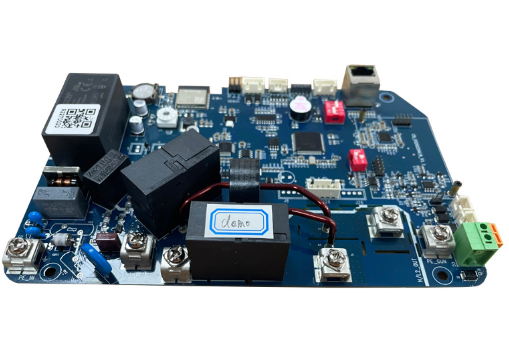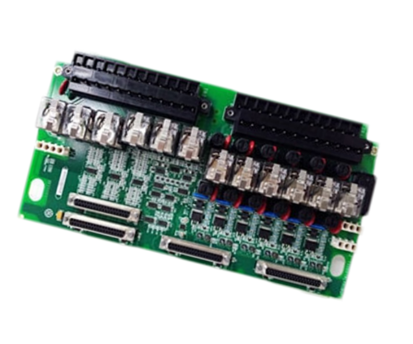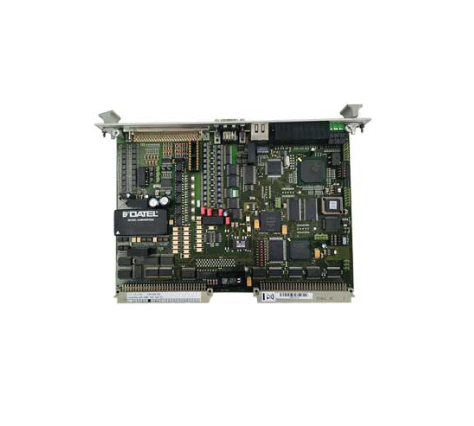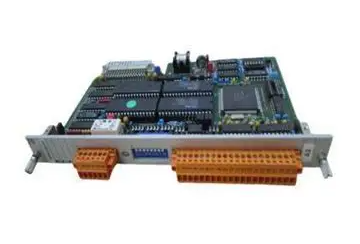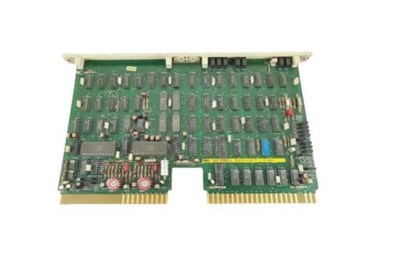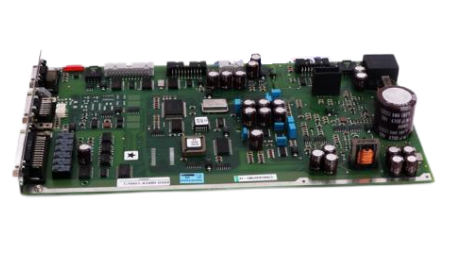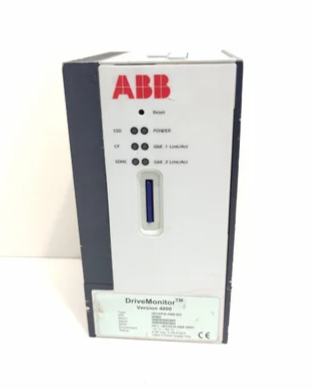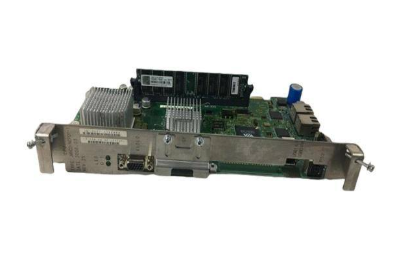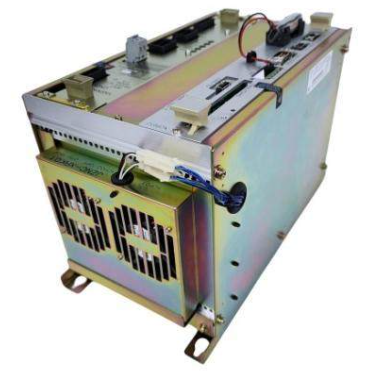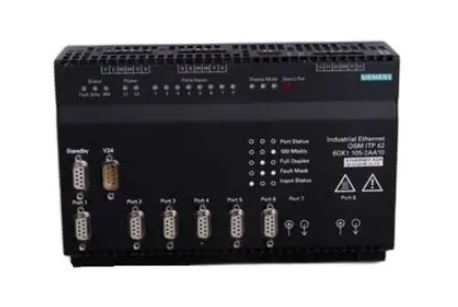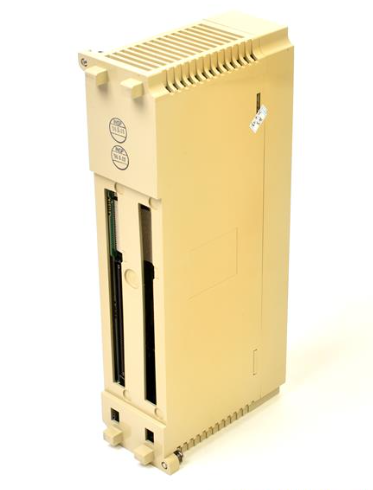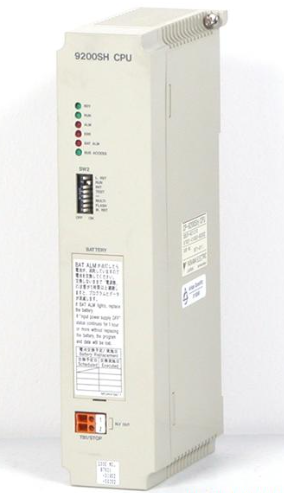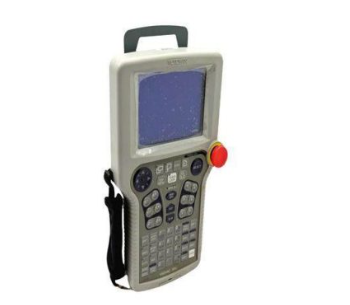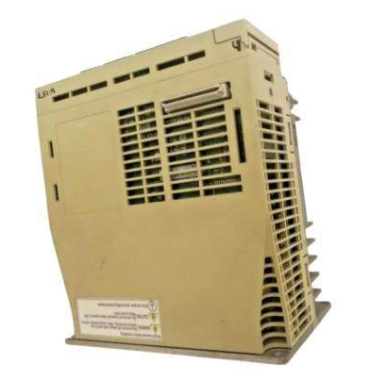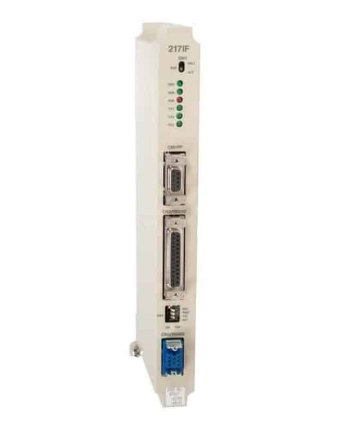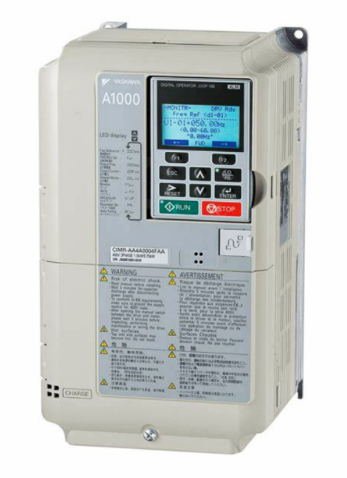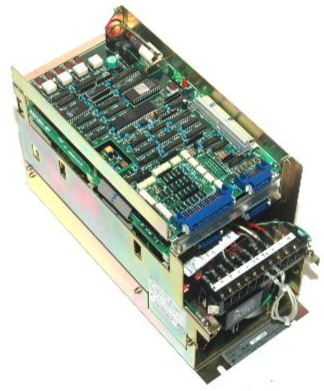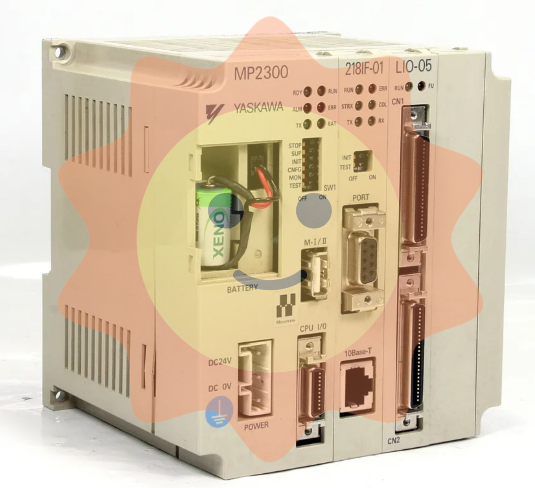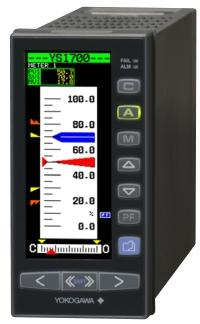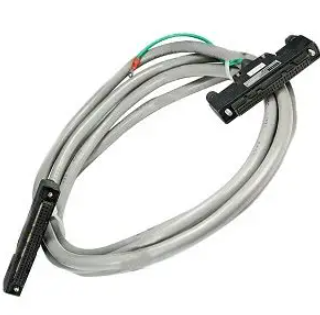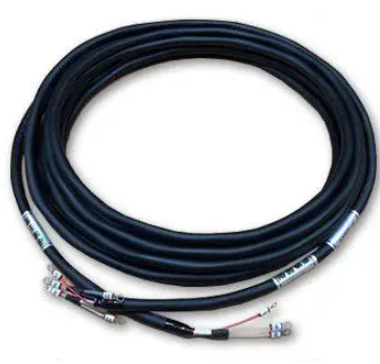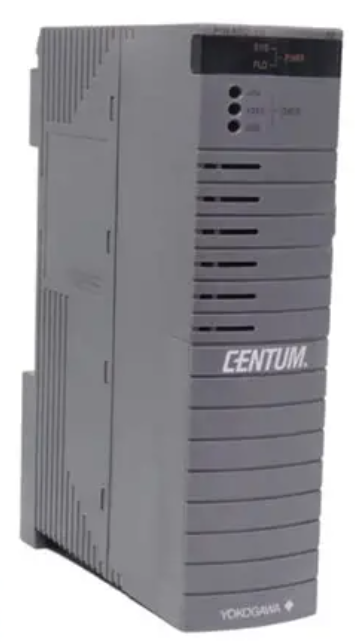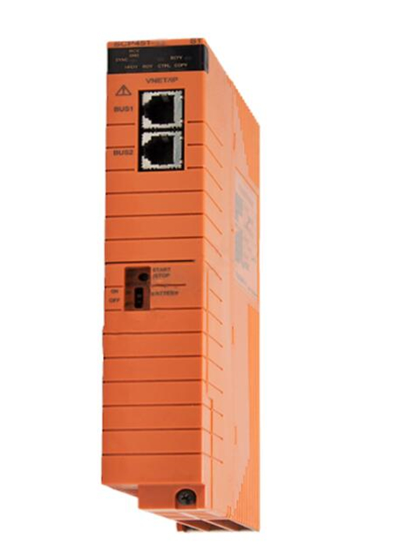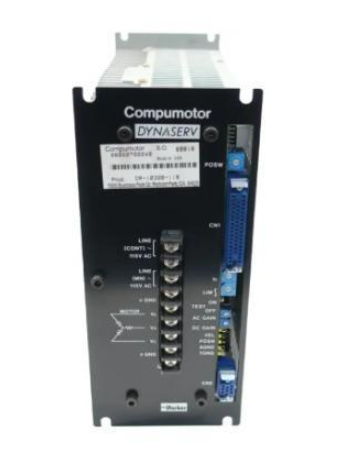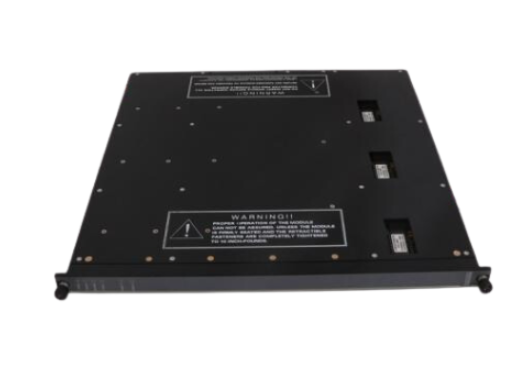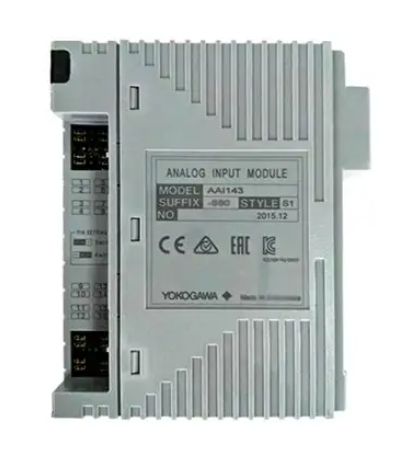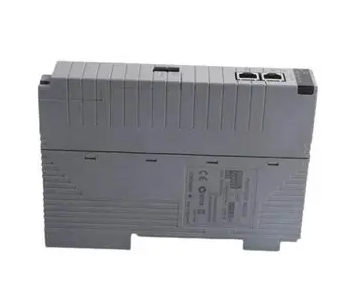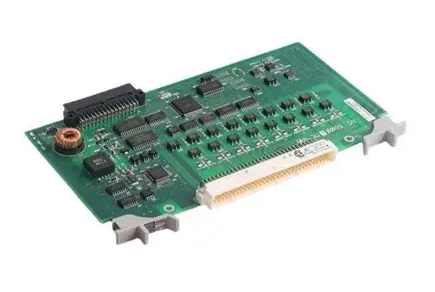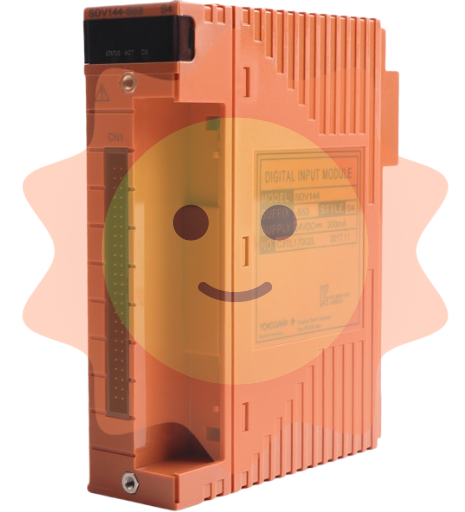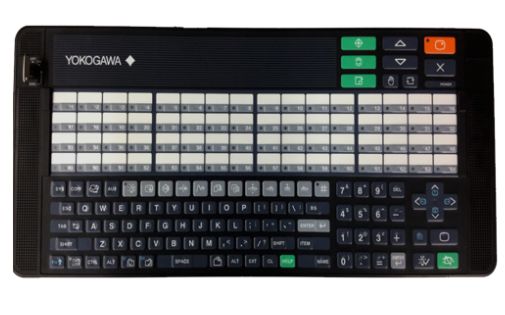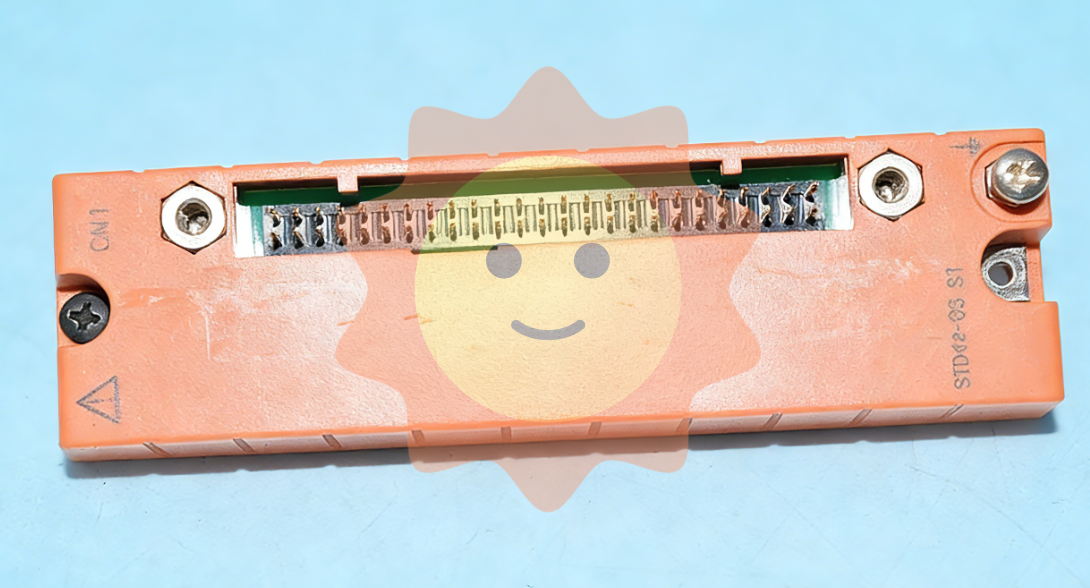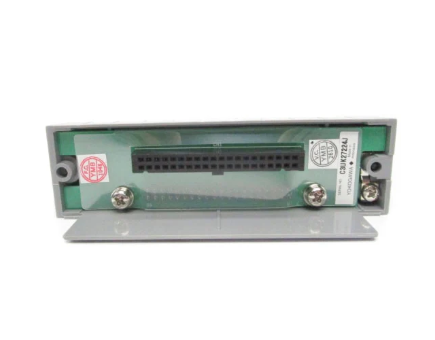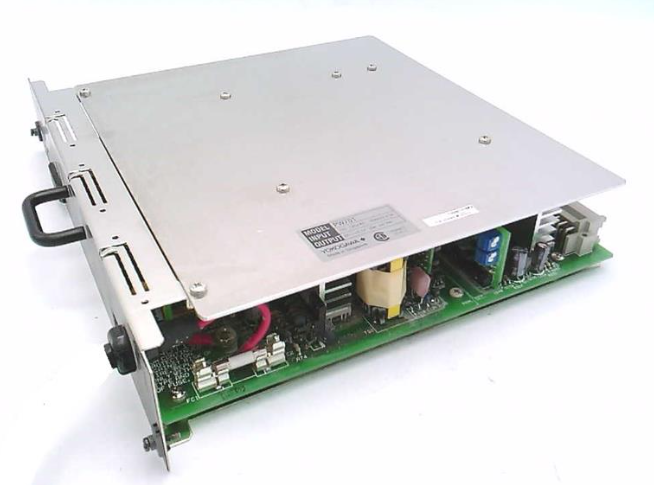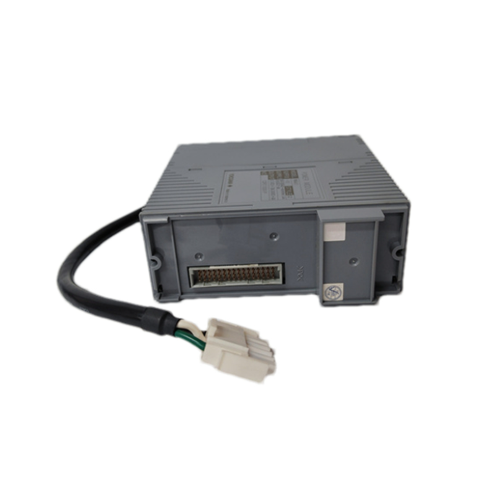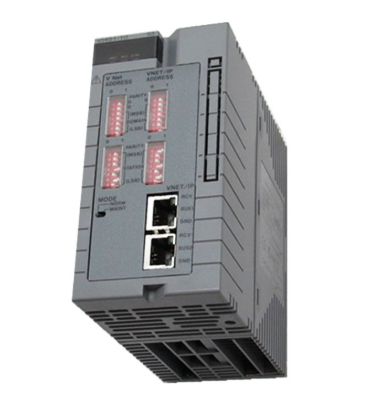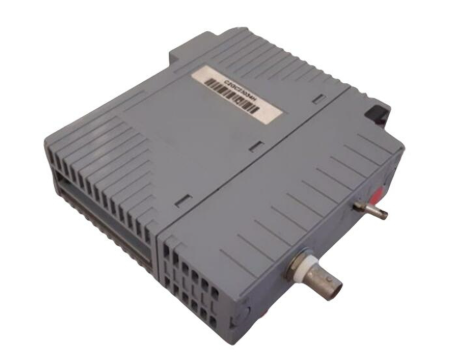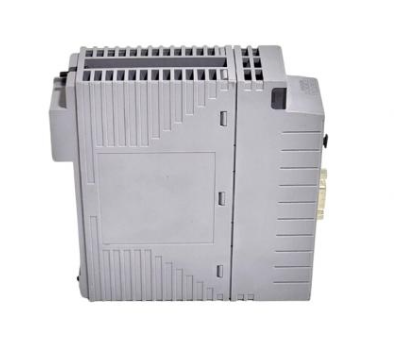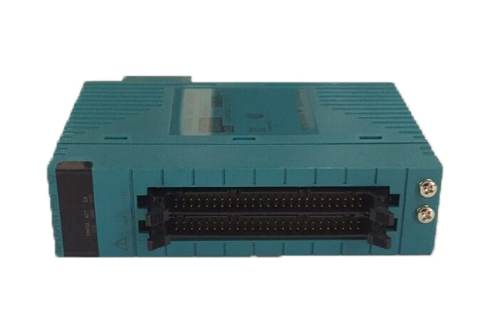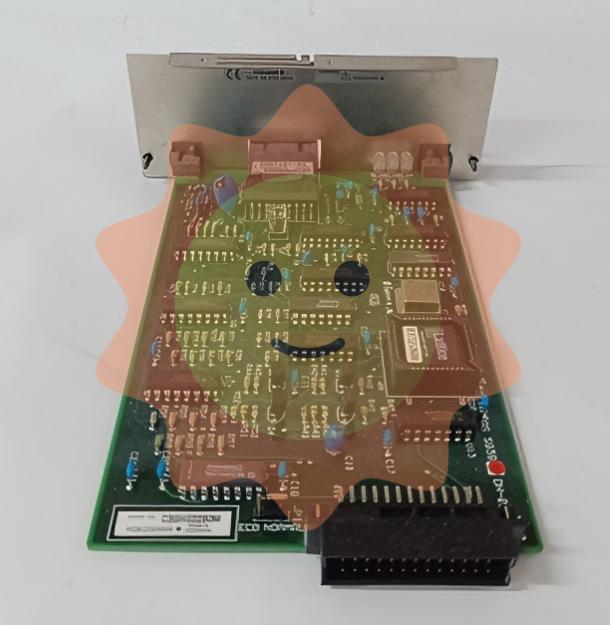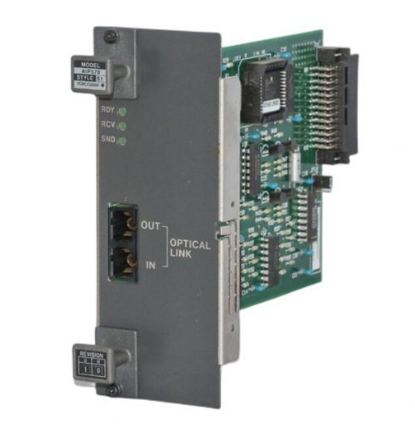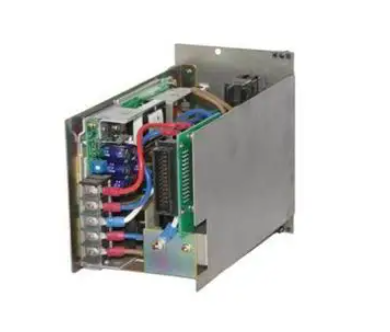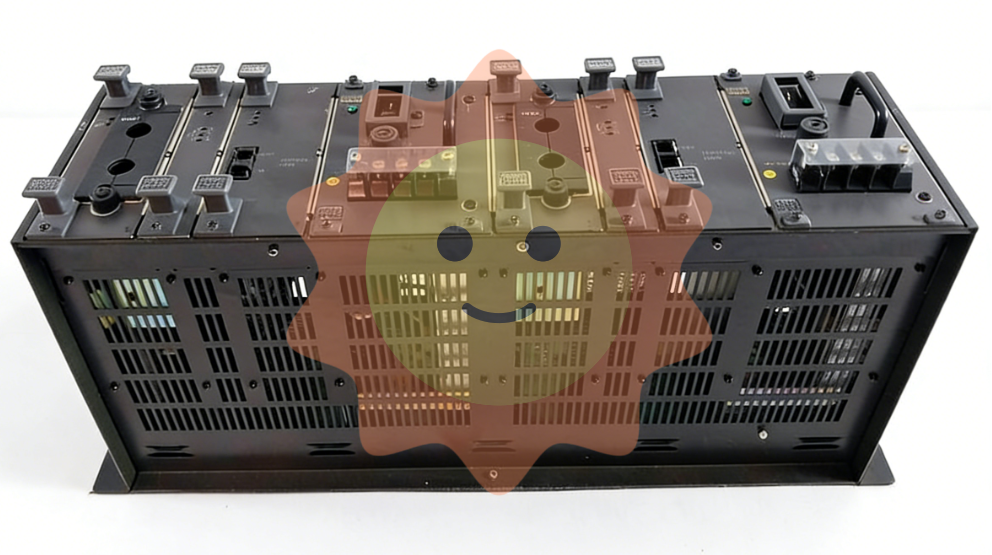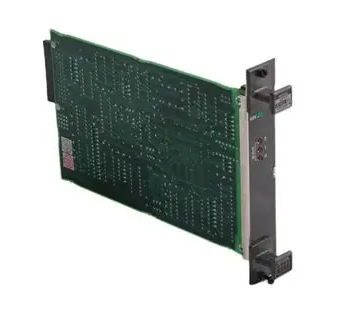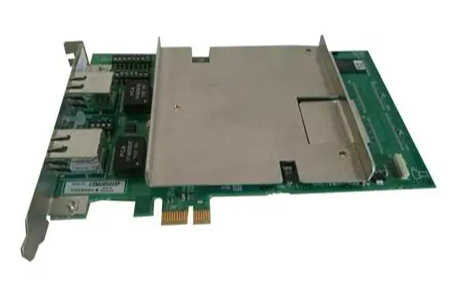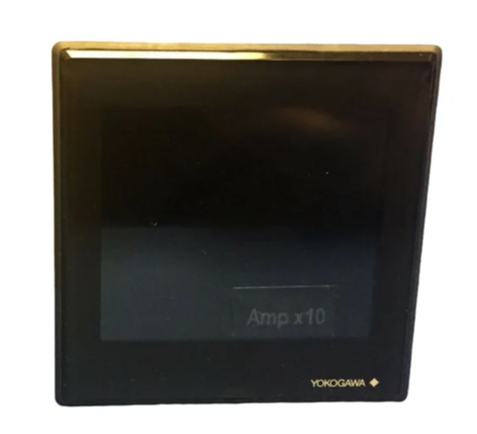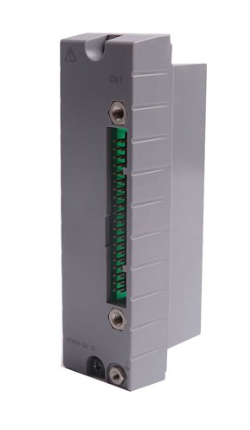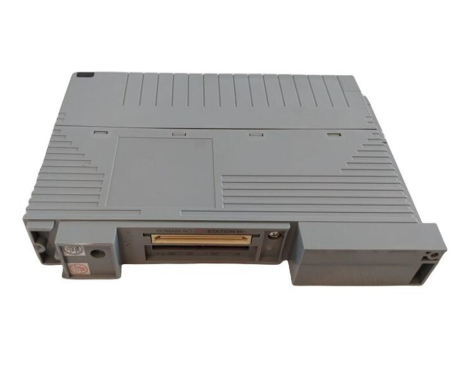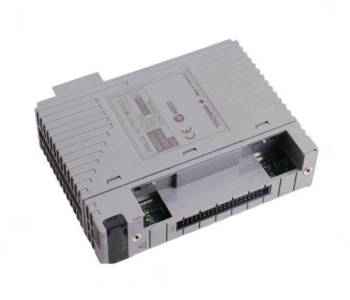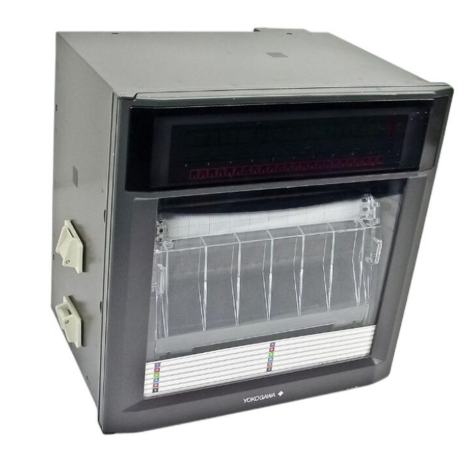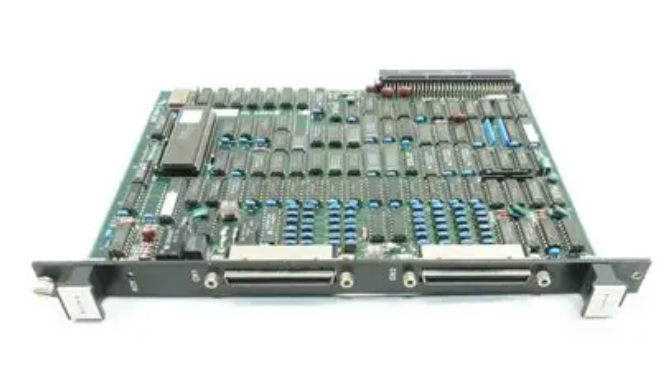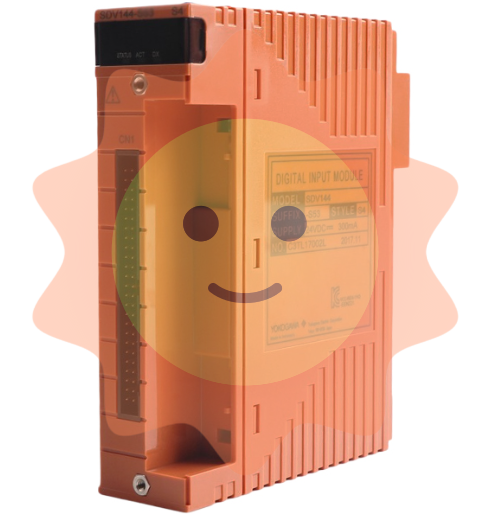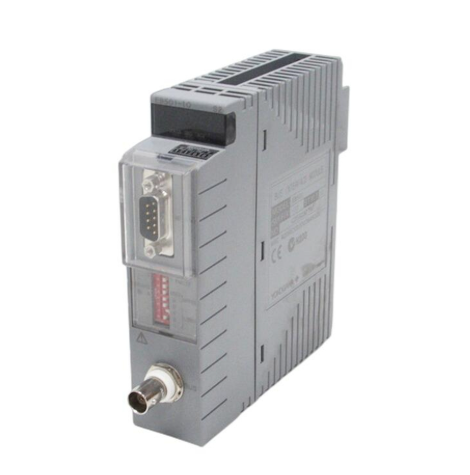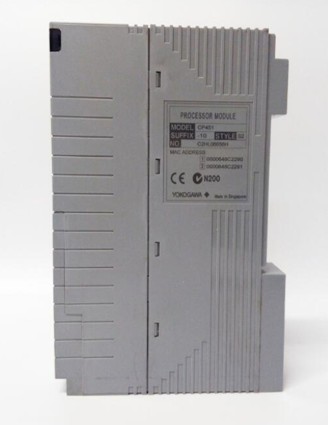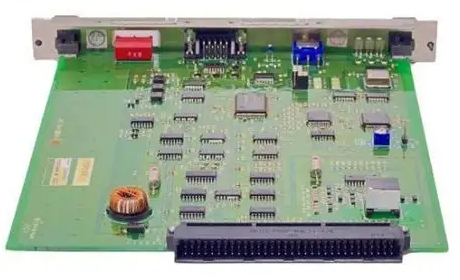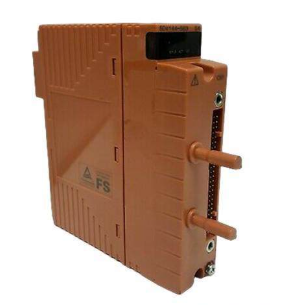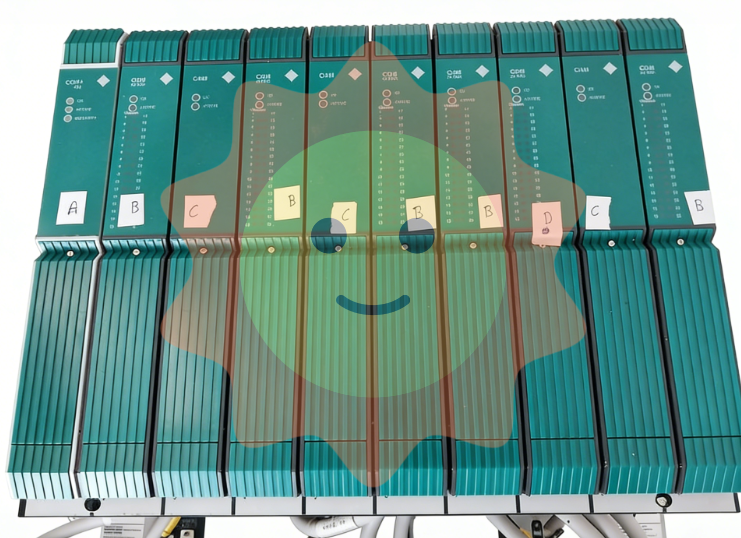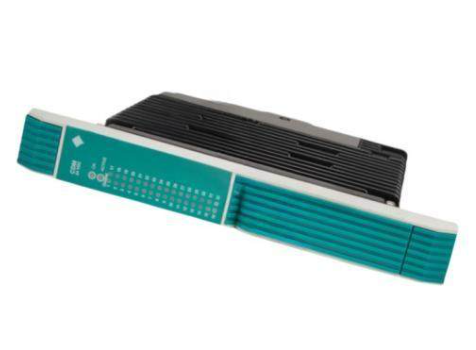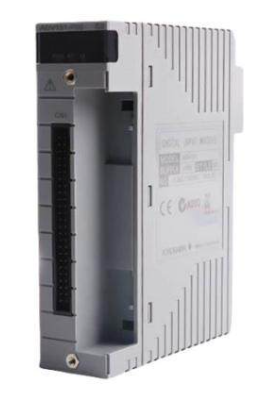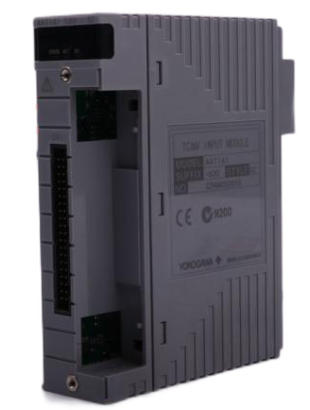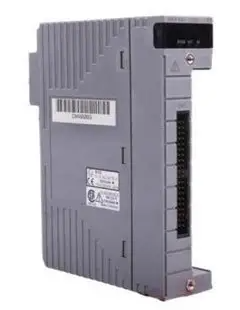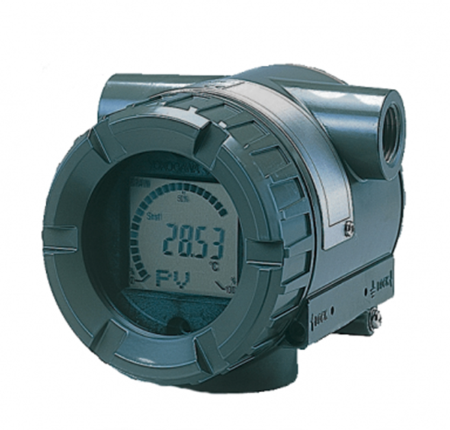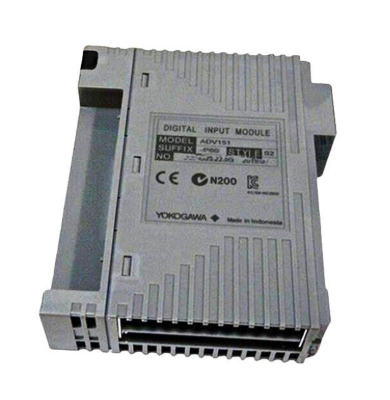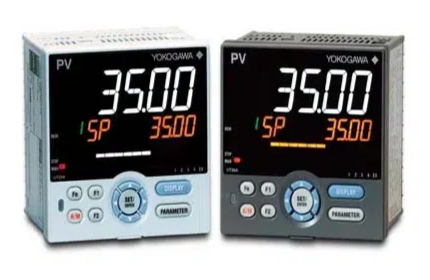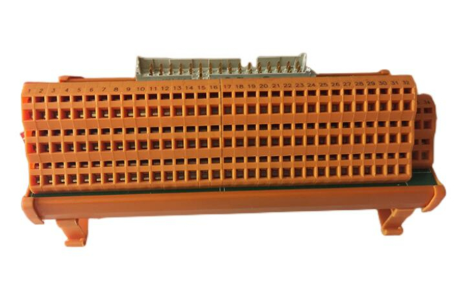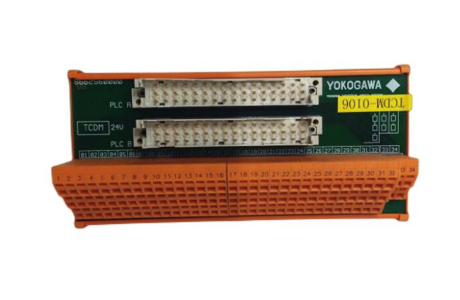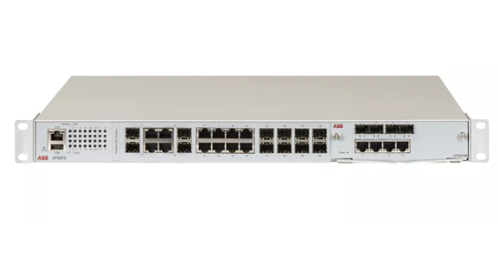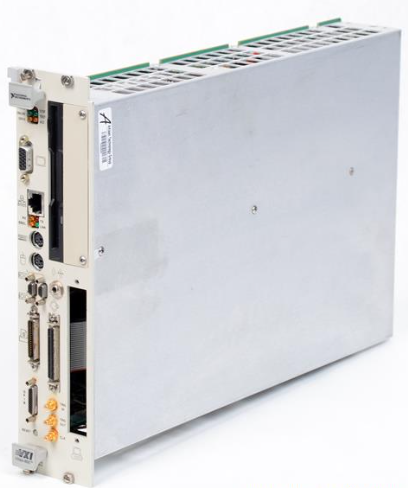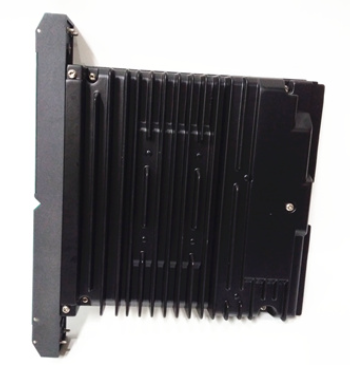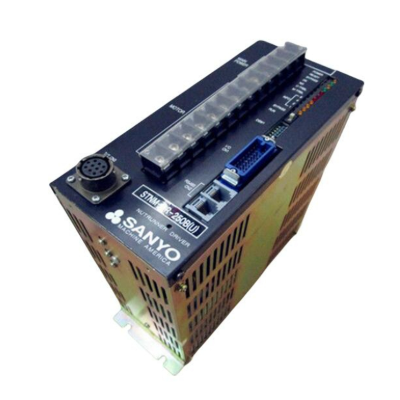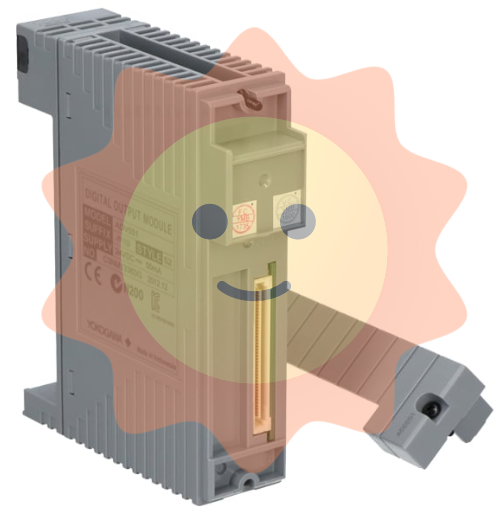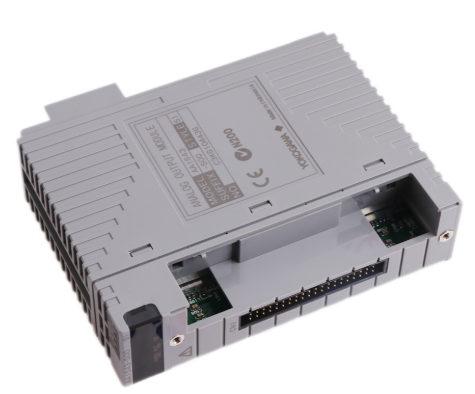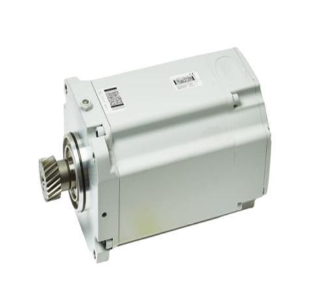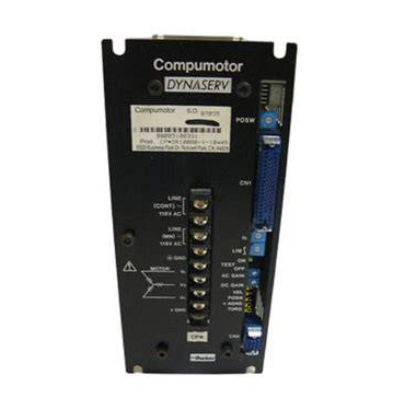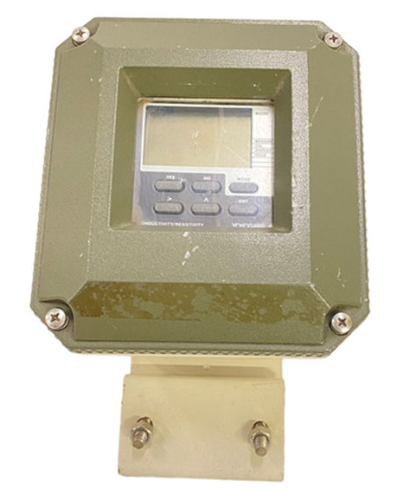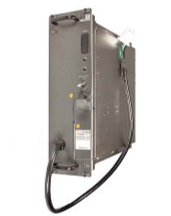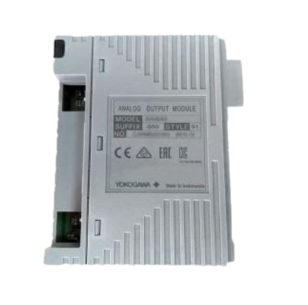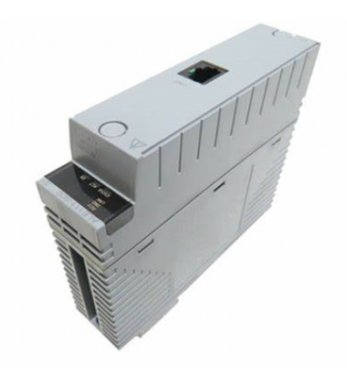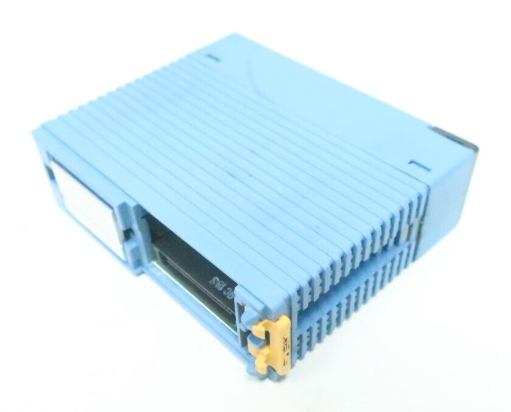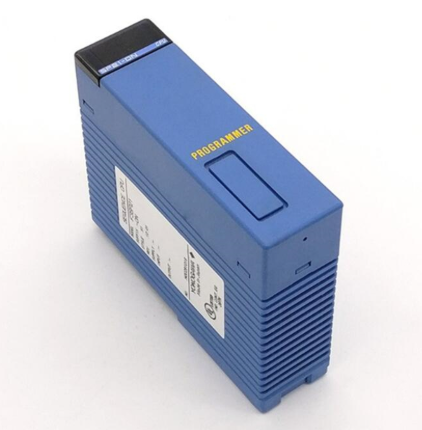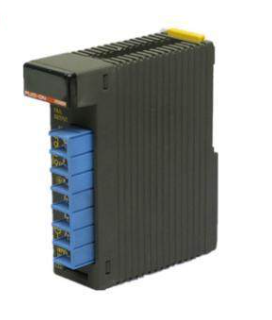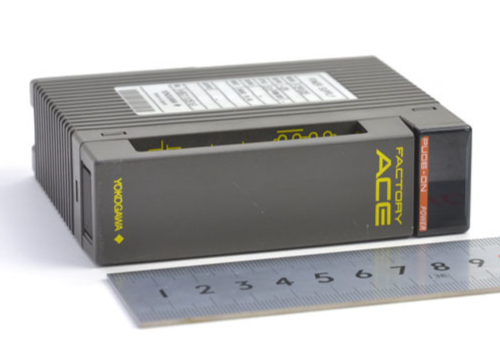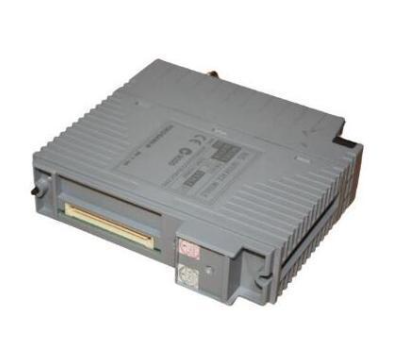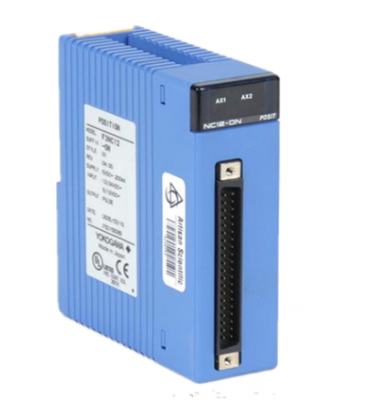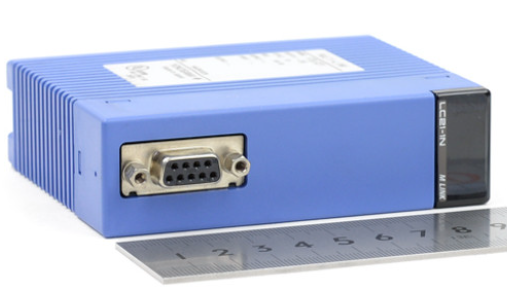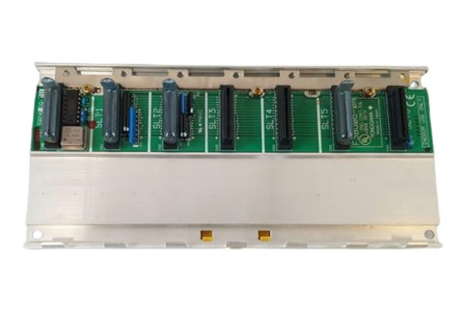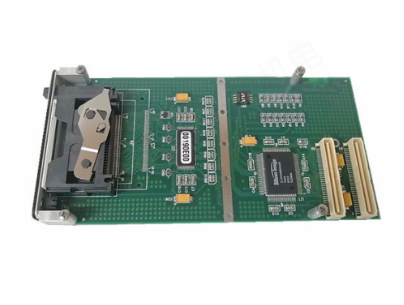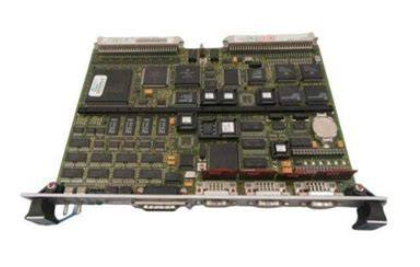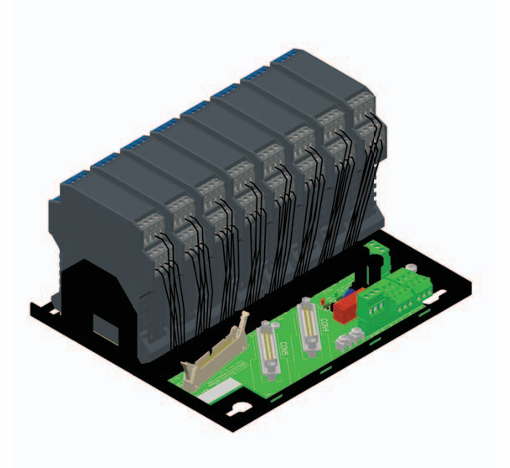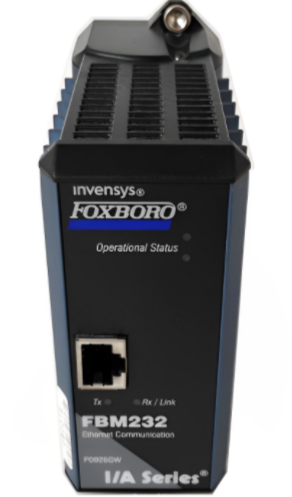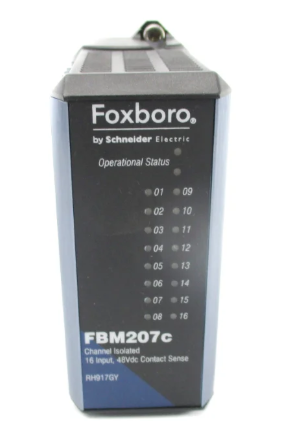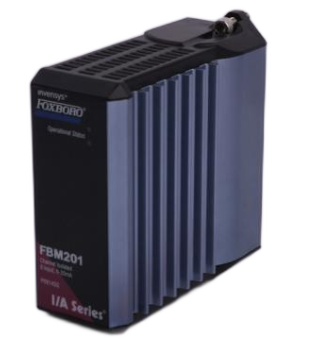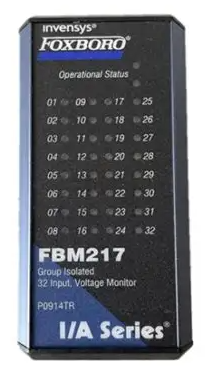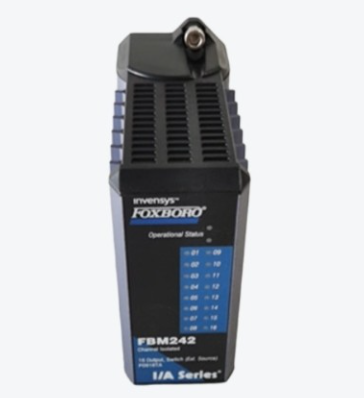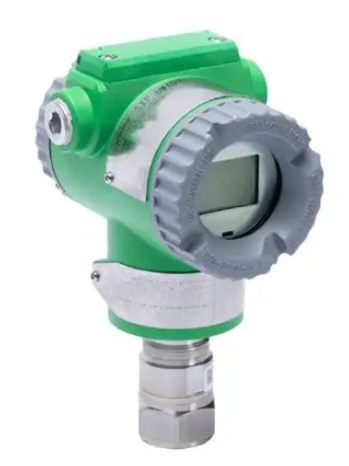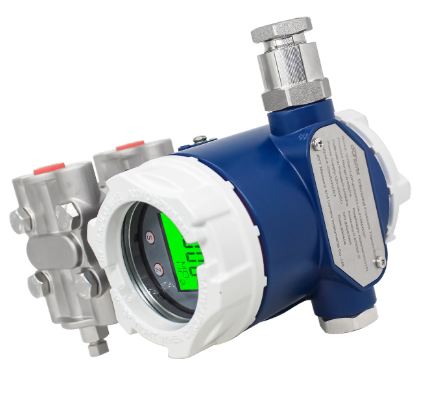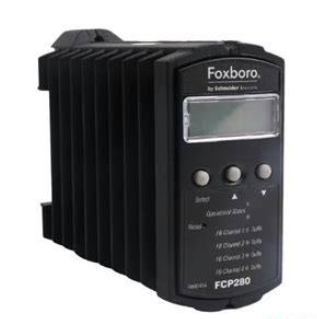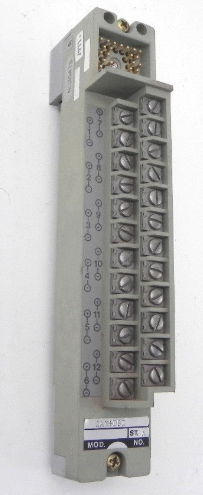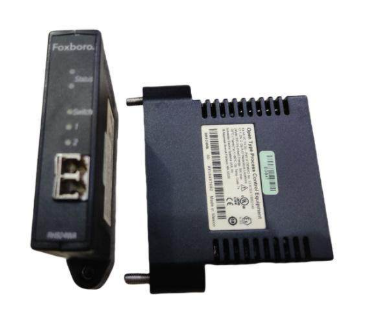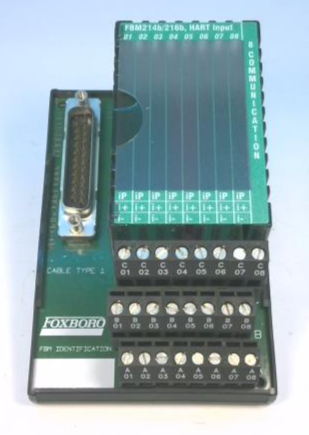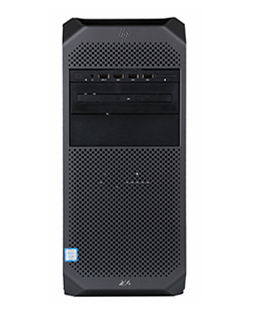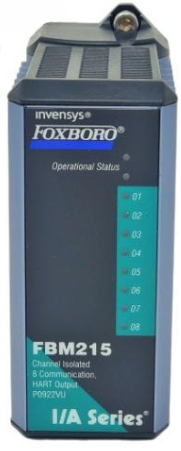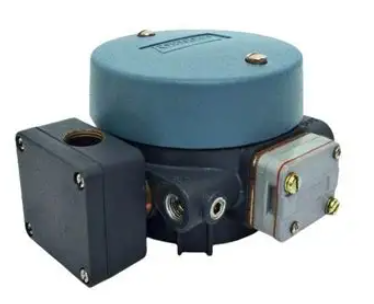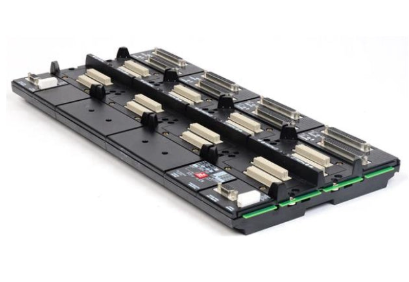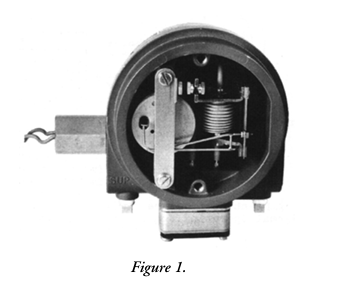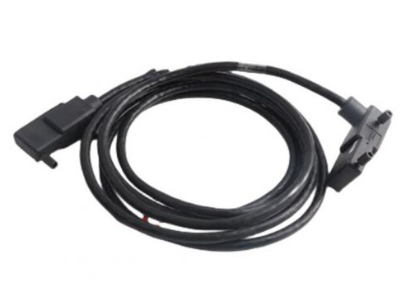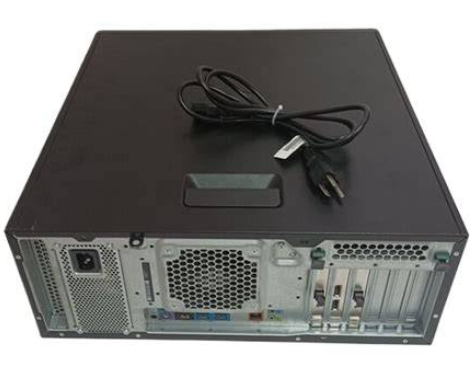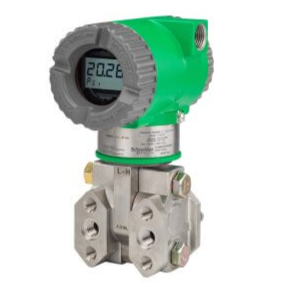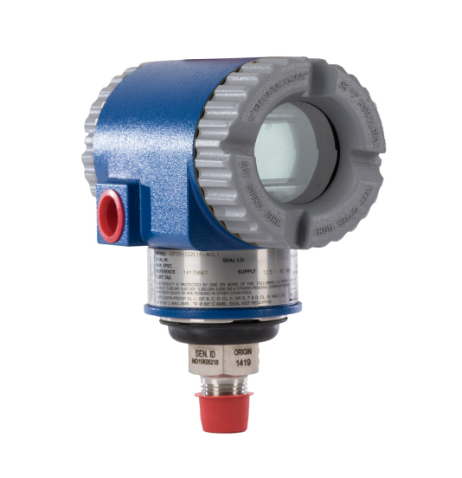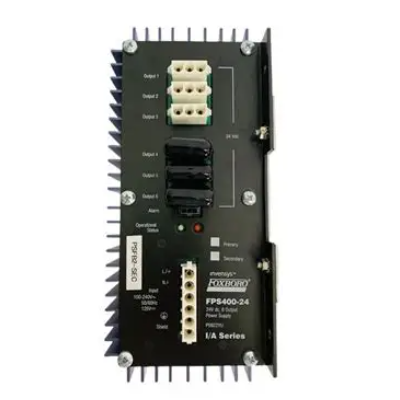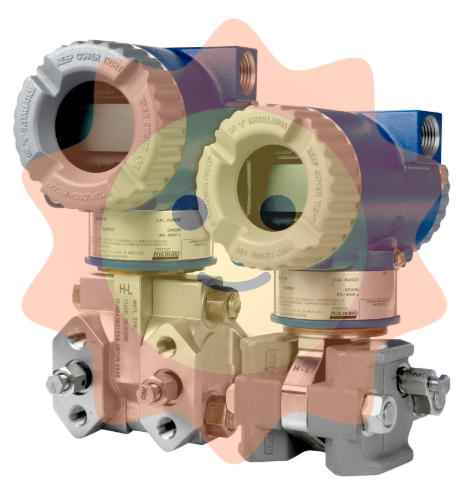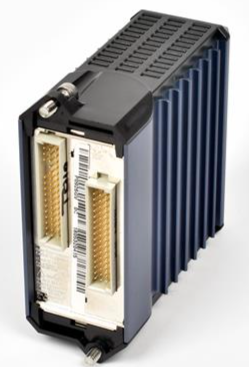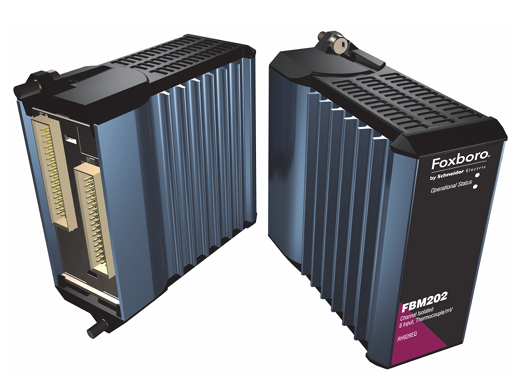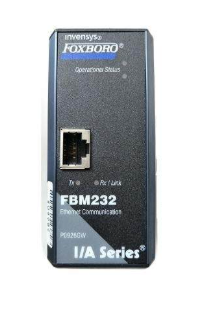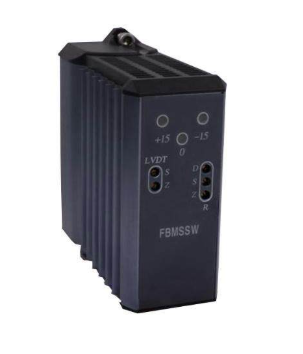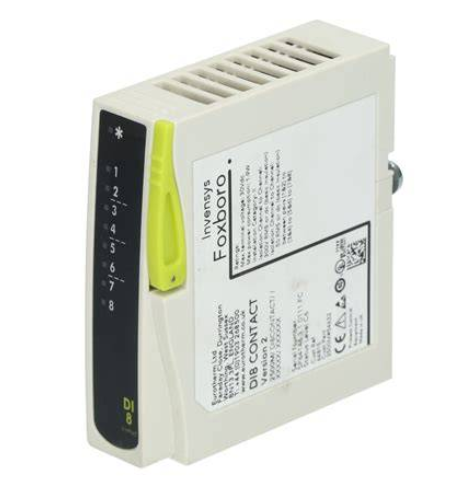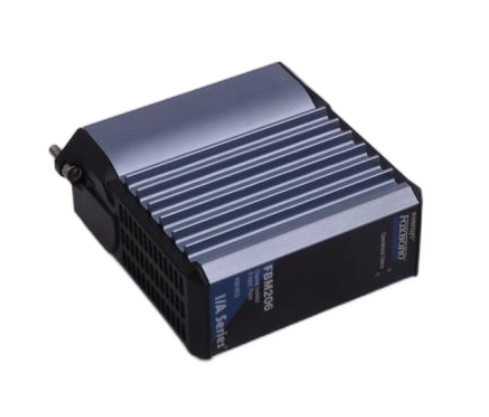Yokogawa AQ6377E Optical Spectrum Analyzer Remote Control
Socket communication requires authentication through the OPEN command, for example: OPEN "username", supports plaintext or MD5 encryption authentication. After successful authentication, the device returns "READY" and lights up the REMOTE light;
The instruction format is consistent with GP-IB and supports AQ6377E native mode or AQ6317 compatible mode. To disconnect, the CLOSE instruction must be sent.
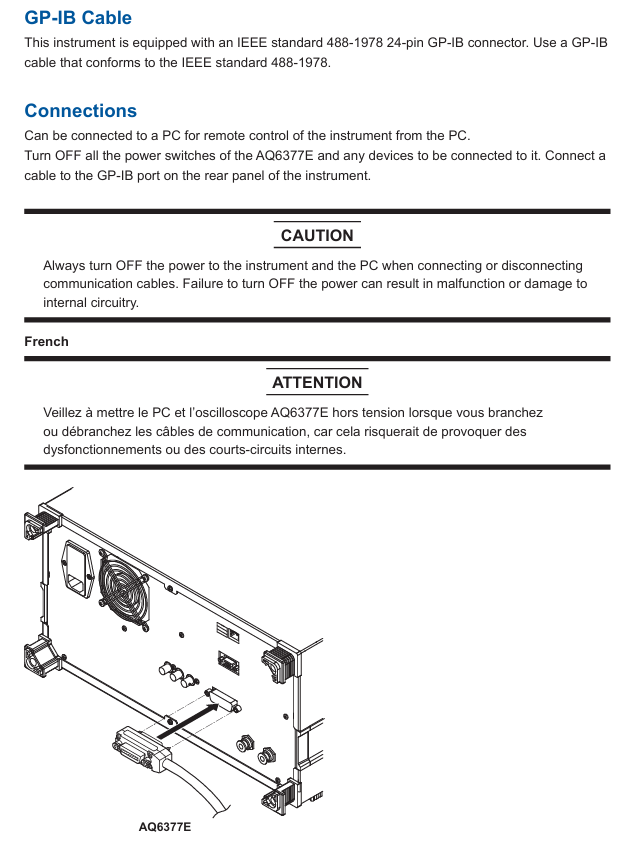
Programming specifications and instruction explanations
(1) Basic rules of programming
Instruction syntax:
Long Short Format: Supports both short format (uppercase part) and long format, such as: Initiatiate, which can be abbreviated as: Initiate;
Case insensitive: The device does not distinguish between uppercase and lowercase when receiving instructions, and the return value is uniformly capitalized;
Parameter Separation: Instructions and parameters should be separated by spaces, and multiple parameters should be separated by commas (spaces can be added before and after commas to improve readability);
Numerical representation: Supports multiple unit suffixes (such as nm, μ m, GHz), automatically converted to basic units during transmission (such as+1.550000E-006 m for 1550 nm transmission), and automatically rounded off when accuracy exceeds the device's processing range.
Instruction type:
Sequential instruction: The next instruction can only be executed after completion, such as CALCulate: DATA? (Query and analysis results);
Overlapable instructions: During execution, other instructions can be executed in parallel, such as Initiatate;
Overlapping instructions: can only run during the execution of overlapping instructions, such as ABORt (stop measurement), * STB? (Read status byte).
Multi instruction transmission: Multiple instructions can be separated by semicolons in a single output statement and executed in order, such as SENSe: WAVelengath: STARt 1500NM; :STOP 1600NM。
(2) Detailed explanation of core instruction grouping
The manual divides instructions into 16 core groups, covering scenarios such as measurement control, data processing, system configuration, etc. The key groups are as follows:
ABORt Group:
Core instruction: ABORt: Stop measurement, calibration and other operations (such as scanning initiated by Initiatate and calibration initiated by CALibration), which belongs to overlapping instructions.
CALCulate Group:
Function: Implement spectral analysis (such as THREE/ENVELOPE/RMS spectral width analysis), peak/valley search, marker control, trace calculation (such as mathematical operations of Trace C/F/G);
Example of Key Instructions:
CALCulate: CATegg SWTHresh: Choose the THRESH method for spectrum width analysis;
CALCulate: MARKer: MAXimum: Search for peaks on the activity trace and place moving markers;
:CALCulate:DATA? Query the latest analysis results (requires first executing CALCulate [: IMMediate] to start the analysis).
SENSe Group:
Function: Configure measurement parameters such as wavelength range, resolution bandwidth, sensitivity, scanning speed;
Example of Key Instructions:
SENSe: WAVelocity: CENTer 1550NM: Set the measurement center wavelength to 1550 nm;
SENSe: BANDWidth: RESolution 0.1NM: Set the resolution bandwidth to 0.1 nm;
SENSe MID: Set the measurement sensitivity to MID mode.
MMEMory Group:
Function: Manage file operations, such as saving/loading trace data, setting files, and graphic files;
Example of Key Instructions:
MMEMory: STORe: TRACe TRA, CSV, "test. csv", INTernal: Save Trace A data in CSV format to an internally stored test. csv file;
MMEMory: LOAD: SETTing "setting. stc", EXTernal: Load the setting file "setting. stc" from external storage (such as USB).
Common Commands Group:
Compliant with IEEE 488.2 standard, the key instructions are as follows:
|Instructions | Functions | Examples|
|*CLS | Clear all event status registers | * CLS|
|*IDN? |Query device identification (manufacturer, model, serial number, firmware version) | * IDN? → YOKOGAWA,AQ6377E,123456789,1.00|
|*OPC | OPC bit of standard event status register after operation completion | * OPC|
|*RST | Device reset, restore default state (except GP-IB address and calibration data) | * RST|
|*TRG | Perform a single scan (ignore current scan mode) | * TRG|
|*WAI | Wait for the current instruction to complete before executing the next one |: Initialize; *WAI; :CALCulate:DATA? |
(3) Status Register
The device complies with IEEE 488.2 and SCPI standards, and includes four types of status registers for monitoring the device's operating status:
Status Byte Register (STB):
An 8-bit register that contains a summary of the overall device status, such as OPS (Operational Status Summary, bit7), ESB (Standard Event Summary, bit5), MAV (Output Buffer with Data), bit4);
Reading method: * STB? (Query current value, do not clear) or serial polling (clear RQS bit after reading).
Standard Event Status Register (ESR):
8-bit register, records device events such as PON (power on, bit7), CME (instruction error, bit5), OPC (operation completed, bit0);
Reading method: * ESR? (Clear the register after querying);
Enable control: By setting the enable register through * ESE, only the event corresponding to the enable bit will trigger the ESB digest.
- EMERSON
- Honeywell
- CTI
- Rolls-Royce
- General Electric
- Woodward
- Yaskawa
- xYCOM
- Motorola
- Siemens
- Rockwell
- ABB
- B&R
- HIMA
- Construction site
- electricity
- Automobile market
- PLC
- DCS
- Motor drivers
- VSD
- Implications
- cement
- CO2
- CEM
- methane
- Artificial intelligence
- Titanic
- Solar energy
- Hydrogen fuel cell
- Hydrogen and fuel cells
- Hydrogen and oxygen fuel cells
- tyre
- Chemical fiber
- dynamo
- corpuscle
- Pulp and paper
- printing
- fossil
- FANUC
- Food and beverage
- Life science
- Sewage treatment
- Personal care
- electricity
- boats
- infrastructure
- Automobile industry
- metallurgy
- Nuclear power generation
- Geothermal power generation
- Water and wastewater
- Infrastructure construction
- Mine hazard
- steel
- papermaking
- Natural gas industry
- Infrastructure construction
- Power and energy
- Rubber and plastic
- Renewable energy
- pharmacy
- mining
- Plastic industry
- Schneider
- Kongsberg
- NI
- Wind energy
- International petroleum
- International new energy network
- gas
- WATLOW
- ProSoft
- SEW
- wind
- ADVANCED
- Reliance
- YOKOGAWA
- TRICONEX
- FOXBORO
- METSO
- MAN
- Advantest
- ADVANCED
- ALSTOM
- Control Wave
- AB
- AMAT
- STUDER
- KONGSBERG
- MOTOROLA
- DANAHER MOTION
- Bently
- Galil
- EATON
- MOLEX
- Triconex
- DEIF
- B&W
- ZYGO
- Aerotech
- DANFOSS
- KOLLMORGEN
- Beijer
- Endress+Hauser
- MOOG
- KB
- Moxa
- Rexroth
- YAMAHA
- Johnson
- Westinghouse
- WAGO
- TOSHIBA
- TEKTRONIX
- BENDER
- BMCM
- SMC


Email:wang@kongjiangauto.com

